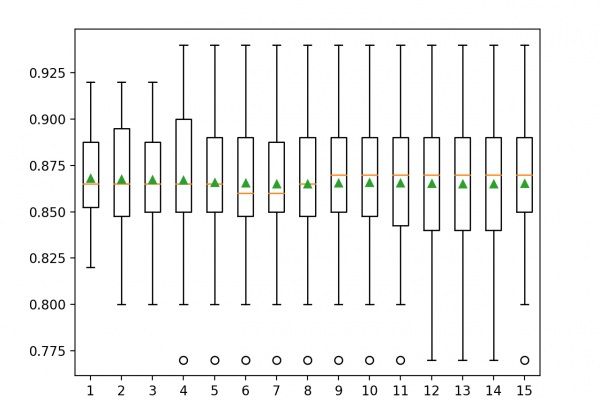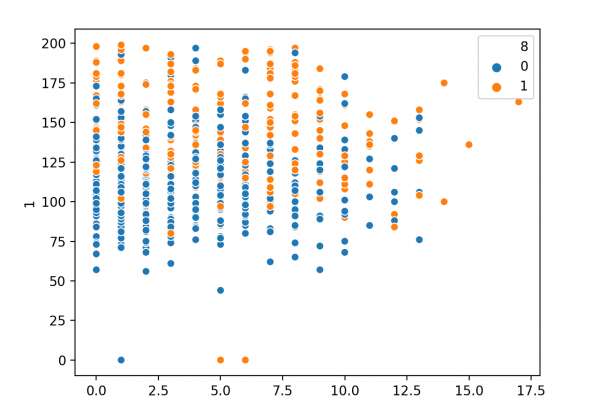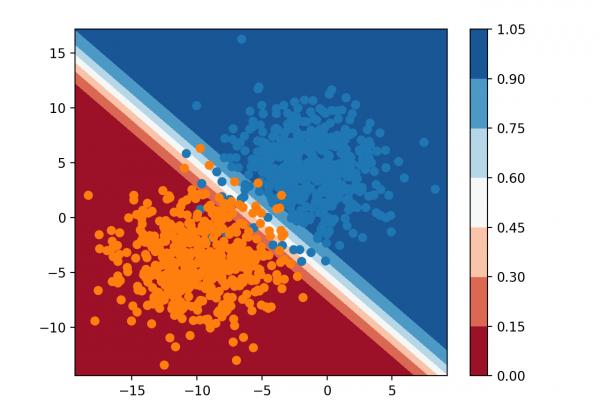Train-Test Split for Evaluating Machine Learning Algorithms
Last Updated on August 26, 2020 The train-test split procedure is used to estimate the performance of machine learning algorithms when they are used to make predictions on data not used to train the model. It is a fast and easy procedure to perform, the results of which allow you to compare the performance of machine learning algorithms for your predictive modeling problem. Although simple to use and interpret, there are times when the procedure should not be used, such […]
Read more







